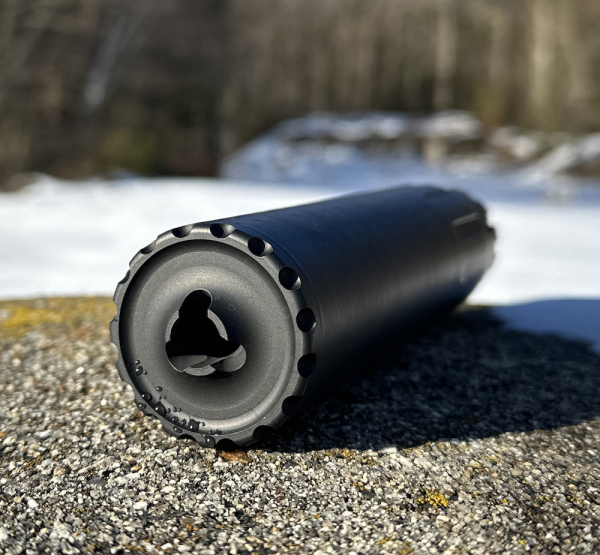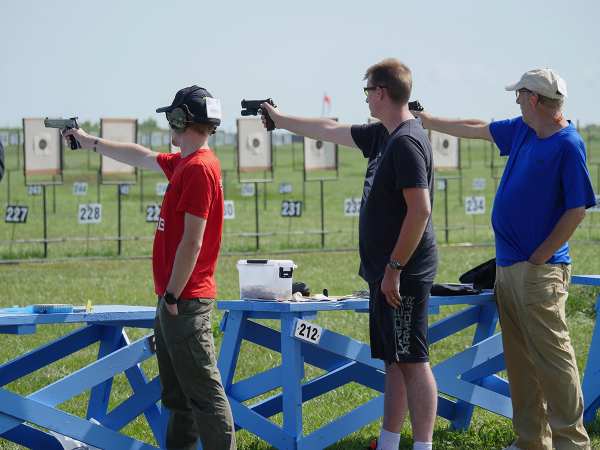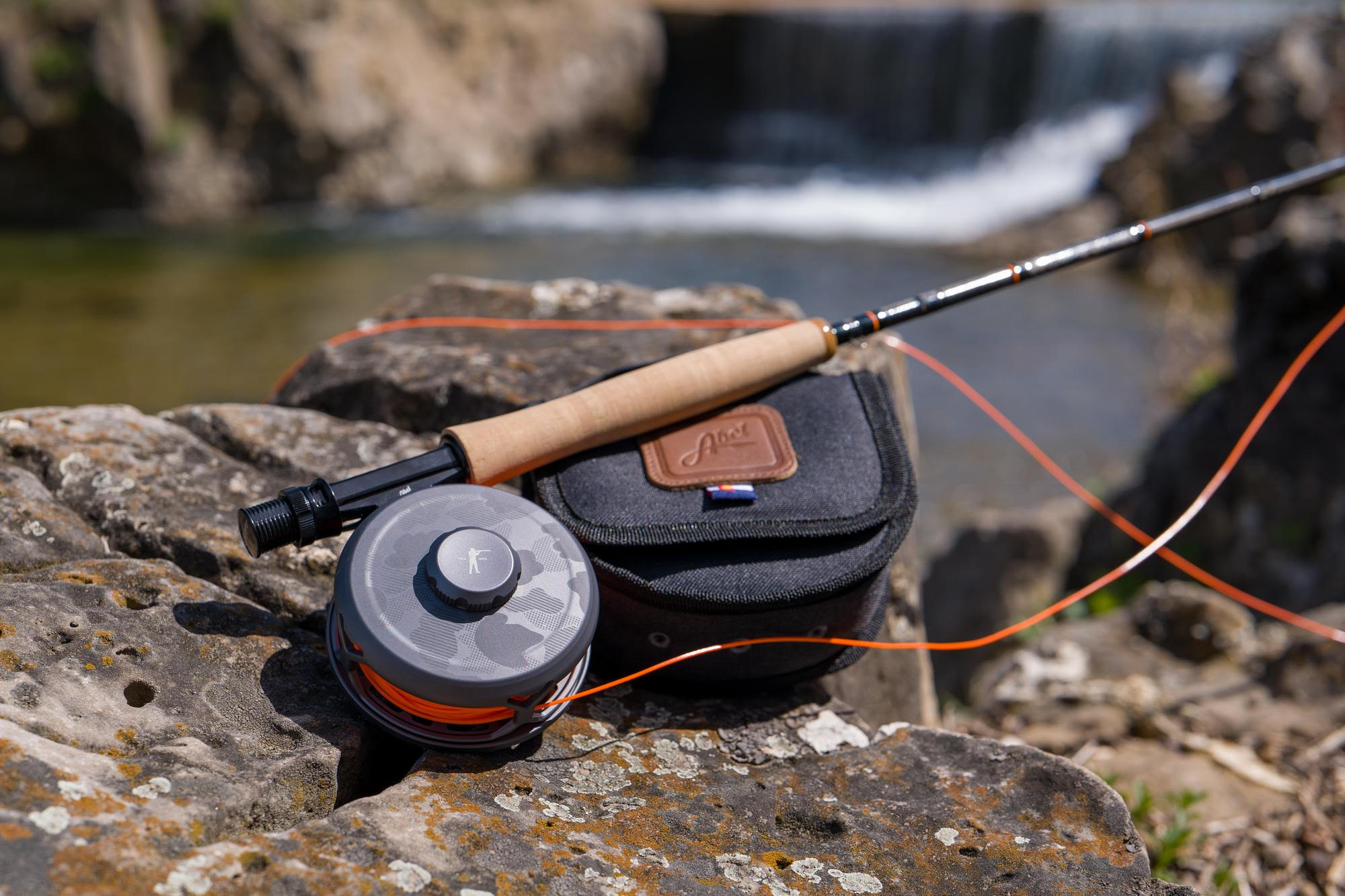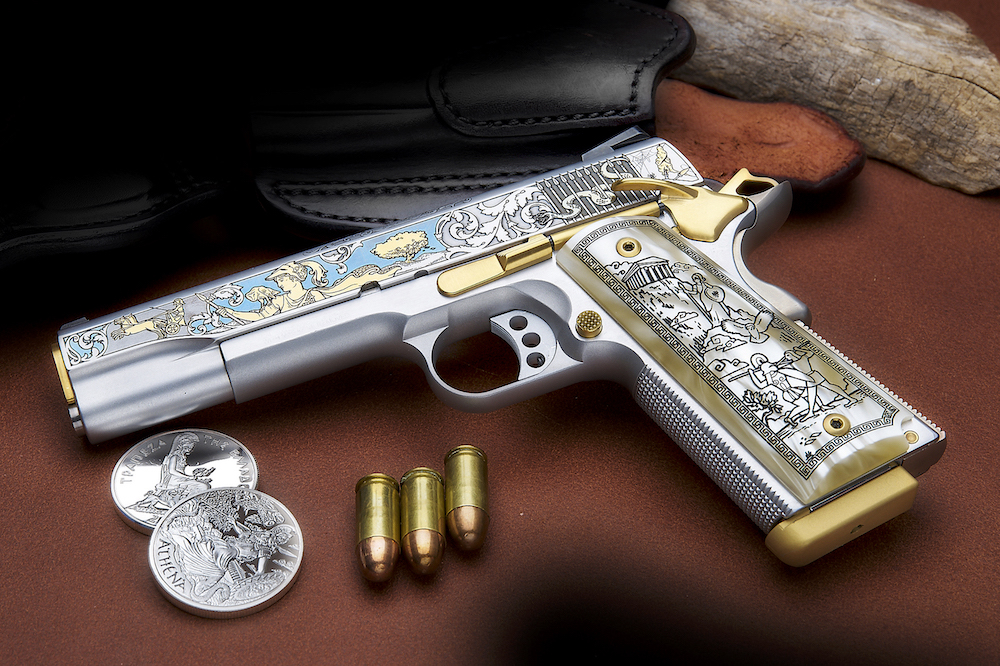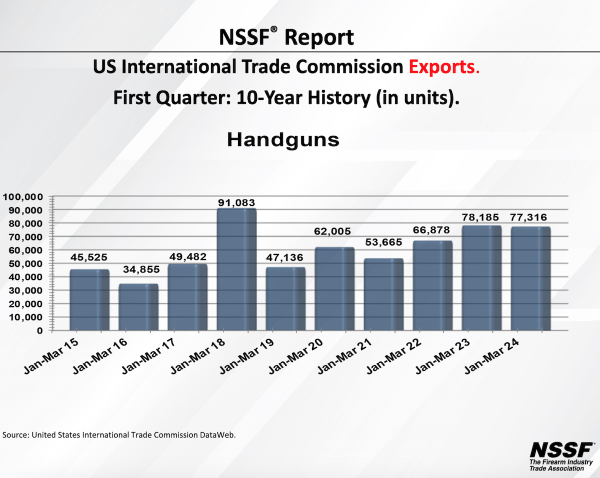Delta Waterfowl Awarded Bass Pro Shops and Cabela’s $100,000 Grant

Grant will enhance efforts by The Duck Hunters Organization to conserve at-risk, vital duck-producing wetlands in the prairie pothole region
A generous grant from the Bass Pro Shops and Cabela’s Outdoor Fund will advance efforts by Delta Waterfowl to conserve critical breeding duck habitat in the prairie pothole region. In bolstering Delta’s Habitat Conservation programs, the $100,000 grant will support the breeding efforts of multitudes of ducks by helping to maintain the PPR’s robust wetland base.
“We are grateful to stand alongside our customers to support the vital work being done by Delta Waterfowl to help protect and support the prairie pothole region,” said Johnny Morris, noted conservationist and Bass Pro Shops founder. “There’s no way to overstate the importance of these waterfowl breeding grounds, and the impact that these initiatives contribute will make a positive difference for future generations.” Read more

